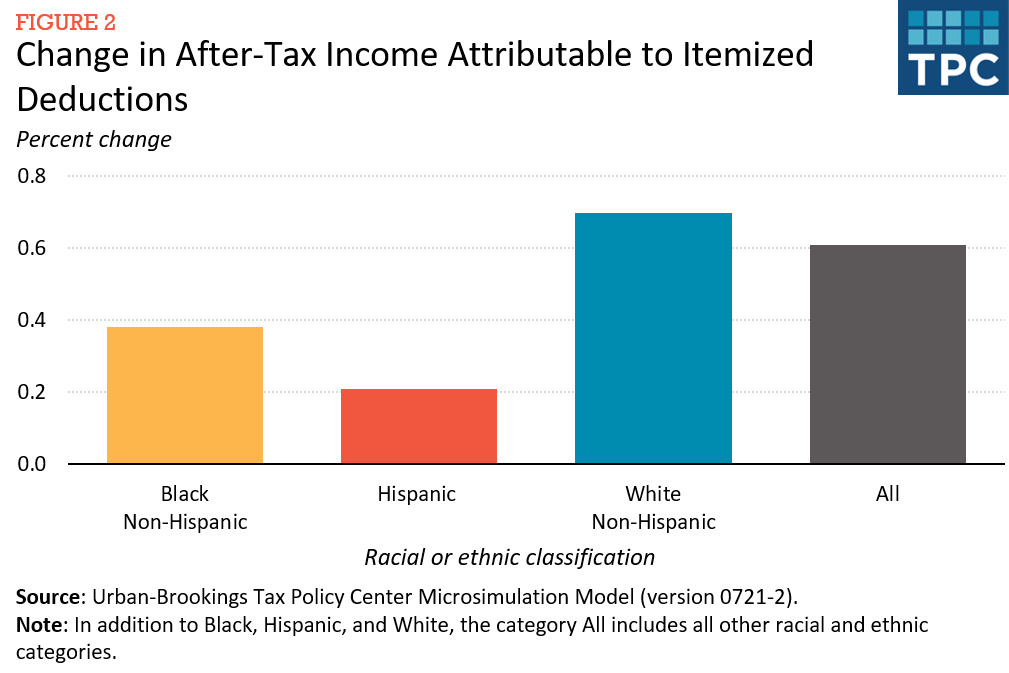What Paul Krugman Gets Wrong About Social Security
People may disagree about whether to raise taxes or limit the growth of benefits to extend the solvency of the Social Security trust funds. But understanding how the program was designed is vital for assessing options for reform.
To that end, in a recent column for The New York Times, Paul Krugman made a number of statements about Social Security that left out important context. This post examines those claims and clarifies the mechanics and history of Social Security.
Krugman: I’m pretty sure that it [Social Security] was set up to look like an ordinary pension fund because that made it politically easier to sell. But in reality, Social Security has never been run like a private pension plan.
Clarification: This is correct but incomplete. Almost all New Deal policies were centered around workers. Roosevelt wanted workers to feel like they had earned their benefits as a way to protect Social Security, even though, as Krugman lays out, their taxes largely went to pay for their parents’ benefits.
As Syl Schieber explains, Roosevelt was also adamant early on that Social Security be based on insurance principles and that future generations would not be left with tax rate increases to cover past legislative promises. At the same time, advocates did not want the appearance of paying billionaires millions of dollars in benefits, which would happen under formulas where additional earnings led to additional benefits. They also didn’t want or trust the means-testing that might result if benefits were simply paid out of general revenues like the income tax.
Hence, earnings were taxed, and the maximum benefit was capped, as in a private pension.
Krugman: Workers with low earnings get a much higher share of those earnings replaced than higher-wage workers.
Clarification: In fact, for much of Social Security’s history, higher income earners have received more in net gains of lifetime benefits relative to lifetime taxes than lower income earners. Imagine one person putting in $1,000 and immediately getting back $2,000, and another putting in $5,000 and getting back $8,000. Which deal would you prefer? The higher windfalls in Social Security for decades mainly went to higher earners.
Even today, the old age part of the system pays out lifetime benefits in a roughly proportional, rather than progressive, way mainly because of the lower life expectancy of low earners.
Krugman: [A] bipartisan commission set out to secure Social Security’s future with two measures…it increased the payroll tax rate…[i]t set in motion a gradual rise in the age of eligibility.
Clarification: The commission only accelerated for a few years a rise in the payroll tax rate; that had already been scheduled to begin in 1990. This was not one of the major adjustments in long-term balance.
The commission as a whole also did not recommend an increase in the retirement age. Instead, then-congressman J.J. Pickle proposed and got this amendment accepted by the Democratic House of Representatives, while the Republican Senate also agreed.
Imagine either party in today’s Congress being willing to tackle anything that asks something of the middle class, even to make a program sustainable.
Krugman: The main reason for the shortfall [from 1983 projections], as I understand it, is that taxable wages have grown more slowly than expected, which in turn is largely the result of rising inequality.
Clarification: Greater inequality does cause a larger share of earnings to fall above Social Security’s cap on what is taxable. But pinning the shortfall on income inequality can be misleading because many economic and demographic assumptions and conditions, including lower rates of economic growth, decrease in labor force participation, growth in nontaxable employee benefits and reduced fertility, also are in play. By the early 1990s, the Social Security actuaries were already reporting a date of trust fund exhaustion similar to current estimate.
From a policy planning perspective, the 1983 reform also made two big mistakes. First, it never allowed for automatic adjustments to changing demographic and economic factors (as some countries like Sweden now do). Second, the 1983 reform scheduled benefits to rise continually relative to revenues. Hence, eventual trust fund exhaustion was built in, only at an earlier date than originally predicted.
Almost all reform proposals being discussed today make the same two mistakes and would put the system into probable long-term imbalance a year or two after passage.
Krugman: Calling for an increase in the retirement age is, in effect, saying that janitors can’t be allowed to retire because lawyers are living longer.
Clarification: Let’s turn this expression around. Failure to adjust the retirement age for longevity, in effect, says that most lawyers should be allowed to retire for longer – and garner the lion’s share of the resulting benefit increases – in exchange for a smaller increase for some janitors whose retirement will likely be shorter.
Over 40 percent of those with the lowest lifetime earnings never make it to age 62 or end up retiring on disability insurance, whose benefits are not affected by the retirement age. Refusing to raise the retirement age at all helps lower-income workers disproportionately only if you believe they benefit from some sort of trickle-down economics.
There are much more efficient and progressive ways to redistribute additional benefits for those with lower incomes or bad health, such as a solid minimum benefit that could eliminate poverty among the elderly and a more lenient definition of disability for those in late middle age.
As Social Security trust funds approach exhaustion, it’s important to get straight how past Congresses made unsustainable promises that must be rectified for tomorrow’s beneficiaries and taxpayers.






